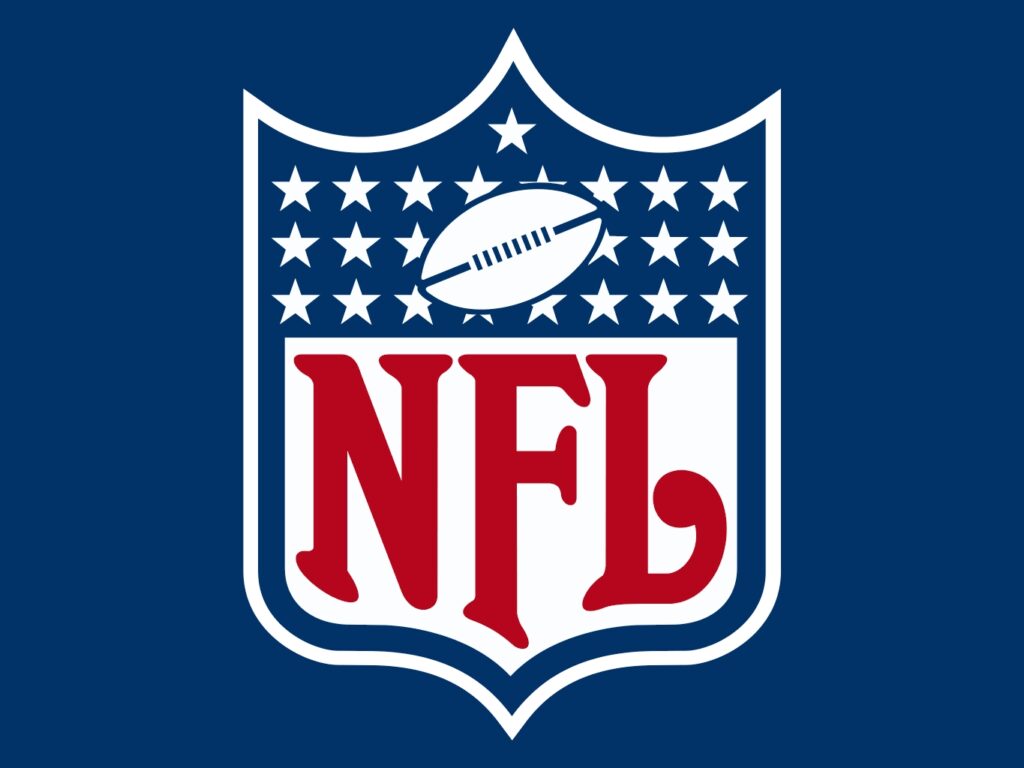
Use of NFL’s mouthguard sensors at collegiate level will broaden data collection, inform injury reduction efforts for elite athletes
NEW YORK, November 23, 2021 – The National Football League (NFL) today announced new partnerships with four research universities to expand its collection of data regarding on-field head impacts to inform injury reduction efforts at the professional and collegiate levels. Football players at The University of Alabama, The University of North Carolina at Chapel Hill, The University of Washington, and University of Wisconsin will have the opportunity to opt-in to the NFL’s novel program, which collects data from a sensor built into a custom-fit mouthguard.
The high-tech mouthguard sensors, which are currently used by players at 10 NFL clubs, are designed to collect kinematic data, including impact speed, direction, force, location and severity. Insights gleaned from the data collected will help inform the NFL’s approach to injury reduction and decrease head impacts overall. The NFL’s application of data through better prediction of injury, rules changes and the continued advancement of better-performing equipment, like position-specific helmets, has helped improve the safety of the game.
Players at all four universities are using the mouthguard sensors this season. Data collected is anonymized and analyzed by the NFL-NFLPA’s independent engineering experts at BioCore, led by Dr. Jeff Crandall, and in collaboration with NFLPA-affiliated consultants such as Dr. Kristy Arbogast, the director of engineering for the Center for Injury Research and Prevention at The Children’s Hospital of Philadelphia. The program is overseen by NFL’s Jennifer Langton, Senior Vice President of Health and Safety Innovation. Each university will be provided with a statistical analysis specific to their team to help inform their own efforts to advance player health and safety.
“Sophisticated and specific data collection is central to our work to find better ways to research, diagnose, understand and better prevent injuries,” said Dr. Allen Sills, NFL Chief Medical Officer. “We are excited to establish this partnership with not only nationally-recognized collegiate football programs who have a direct pipeline to the NFL, but also with esteemed research universities to expand the universe of inputs from which we can analyze, draw conclusions, and develop recommendations for how to make the game safer.”
“We are proud to be selected as a researcher partner with the NFL,” said Jeff Allen, University of Alabama Associate Athletics Director, Sports Medicine. “The prevention of concussions is one of the most important initiatives in football at all levels of the game. We believe the data that is being collected through this study will have a meaningful impact on the game of football and ultimately make the game safe for all who play. Our association with the Athletic Training Program in the College of Human Environmental Sciences at The University of Alabama is a key aspect of our ability to provide quality medical care to all student athletes and is instrumental in this study.”
“The University of North Carolina has always been at the forefront of research in many areas, and particularly, player safety research,” said University of North Carolina Head Coach Mack Brown. “When I was at UNC the first time, we were one of the first programs collaborating with researchers on player safety and head injuries. I’m glad our sports medicine and human performance staffs are partnering with Dr. Jason Mihalik and his research team in the Matthew Gfeller Center to continue their national leadership in this area. Player safety is so important to the health of our game, so anything we can do to assist in gathering research that could potentially make the game safer, we’re happy to do. We’re proud to join these other prestigious Universities and hope this program will continue to make a difference with injury prevention.”
“We’re pleased to be part of this collaborative player-safety initiative. I look forward collecting data that ultimately improves our ability to protect football players from head trauma at all levels – youth, high school, college and professional,” said Dr. Kimberly Harmon, professor of family medicine and orthopedics and sports medicine at the University of Washington School of Medicine.
“Reducing the risk of sport-related concussions is a priority for athletes, coaches, and health care providers,” said Daniel Cobian, professor of orthopedics and rehabilitation at the University of Wisconsin School of Medicine and Public Health. “The findings of this study will help us better understand the frequency and severity of head impacts sustained by University of Wisconsin football players during practices and games, and the circumstances such as equipment, training, or individual actions surrounding these impacts.”
The mouthguard sensor program launched in 2019 as part of the NFL’s $60 million commitment under the Engineering Roadmap to promote health and safety initiatives. The partnership with these four universities is an expansion of the NFL’s broader approach to driving innovation in the sport, and is the first phase of a program the league expects to expand to additional universities in the coming months and years.
The NFL is committed to upholding the highest ethical standards for scientific research studies such as this one. Each of the participating university’s Independent Review Boards (IRB) has reviewed and approved the terms of this study.
COURTESY NFLmedia.com
